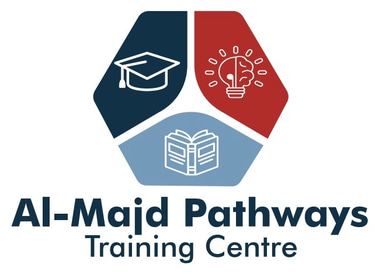
Fiber Optic
Communication Training
£7500.00
INTRODUCTION
Fiber Optics play a pivotal role in modern industrial communication. They possess immunity to external stray magnetic fields or cross talk, making them a reliable choice. This comprehensive Fiber Optic – Communication training course imparts the knowledge and skills necessary to evaluate system upgrades that enhance data transfer, addressing contemporary challenges. The course delves into the theory of optics and its practical application in data transmission through fiber optic cabling.
TRAINING OBJECTIVES
Upon successful completion of the Fiber Optic course, participants will be able to:
Define the fundamentals of optics
Utilise fiber optic cabling for communications
Conduct tests on fiber optic cables
Acquire skills in fiber splicing
Proficiently use connectors and pig tails
Perform source and meter testing
Apply VFL (Visual Fault Locator) for fault troubleshooting
Employ OTDR (Optical Time Domain Reflectometer) for testing fiber systems
Harness the power of fiber optics in laser applications
WHO SHOULD ATTEND?
This course is particularly valuable for engineers and technicians involved in optical telecommunications, as well as those engaged in designing and testing fiber optics replacement systems.
TRAINING APPROACH
The Fiber Optic – Communication training course offered by Al-Majd Pathways Centre (APC) incorporates a diverse range of effective adult learning methods, including presentations, illustrative video clips, hands-on workshops for fiber cable splicing, fusion, OTDR simulation, utilization of Excel calculators and templates, and computer-aided tools for designing fiber systems and computing related parameters in fiber optic systems.
TRAINING OUTLINE
Day 1: Introduction to Fiber Communication
Comparison: Fiber vs Copper
Overview of Optical Fiber Types
Internal Refraction and Cladding
Fiber Materials and Properties
Properties of Fiber Optics
Light Guiding and Waveguides
Understanding Modes and Dispersion
Different Types of Optical Fibers
Exploring dBm and Db
Day 2: Fiber System Components
Transmitters, Receivers, and Repeaters
Types of Transmitters
Basics of Receivers and Detectors
Amplification and Regeneration to Overcome Attenuation
Insights into Fiber Cable Construction
Fiber Optic Cabling: Structure and Installation
Addressing Cable Failures
Day 3: Fiber Optic Splicing
Types of Fiber Splices
Mechanical Splices vs. Electrical Fusion Splices
Understanding Connector Structure
Diverse Types of Connectors
Installation of Connectors
Exploring Pig Tails
Introduction to Fiber Optic Patch Panels
Day 4: Fiber Systems Design
Bit Rate and Power Loss Considerations
System Design Principles
Budget Computation
Fiber Transmission Systems Overview
Types of Transmission Systems
Multiplexing Techniques and Transmission Formats
Day 5: Fiber Testing and Inspection
Fiber Inspection Methods
Microscopic Inspection
Visual Fault Locator (VFL) Usage
Fiber Optic Testing: Fundamental Concepts
Standard Fiber Optic Equipment Tests
Testing Fiber Optic Cables: Continuity and Loss Tests
Introduction to Optical Time Domain Reflectometer (OTDR)
Overview of Fiber-Based LANs and MANs
Certificate of Completion: Upon successful completion of the course, participants will receive a Certificate of Completion from Al-Majd Pathways Centre (APC).
Get in touch with us today.
Follow
Sign-up for our newsletter
0044 7466410010
©2025 All rights reserved.
